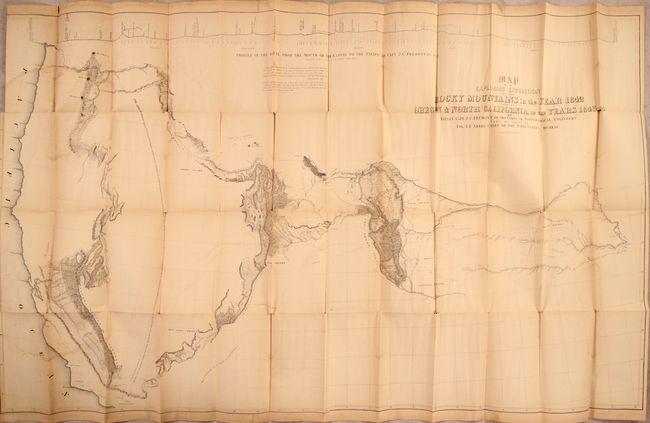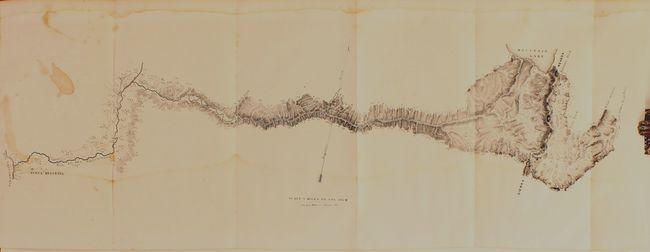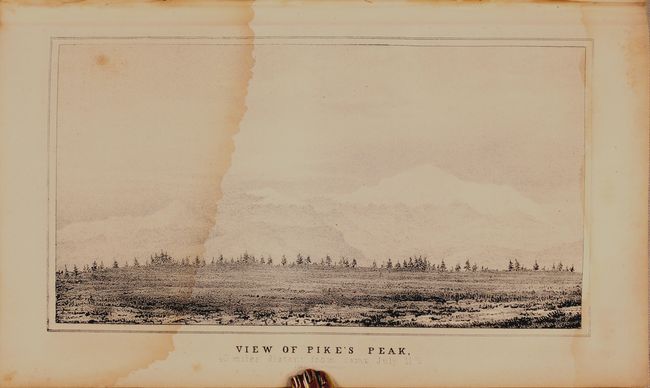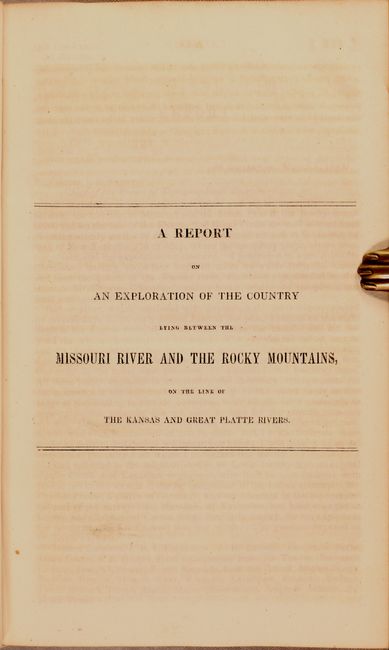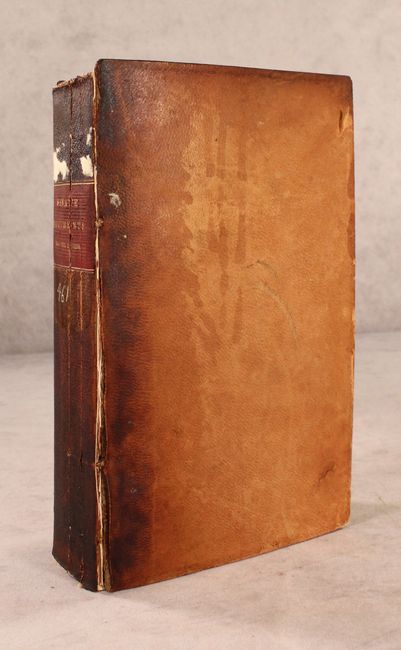Catalog Archive
Auction 184, Lot 234
Fremont's Large Map of the American West from his Second Expedition
"Map of an Exploring Expedition to the Rocky Mountains in the Year 1842 and to Oregon & North California in the Years 1843-44 [with] A Report of the Exploring Expedition to Oregon and North California...", Fremont/Preuss
Subject: Western United States
Period: 1845 (published)
Publication: Sen. Ex. Doc. 174, 28th Congress, 2nd Session
Color: Hand Color
Size:
50.8 x 30.6 inches
129 x 77.7 cm
Download High Resolution Image
(or just click on image to launch the Zoom viewer)
(or just click on image to launch the Zoom viewer)


